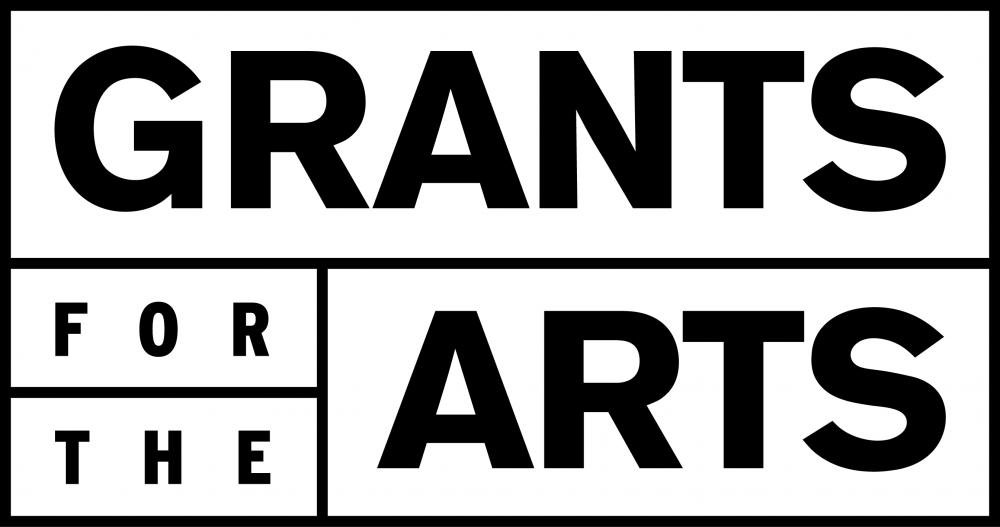Nikki will perform Pierrot Lunaire alongside haunting and nostalgic works by Maria Schneider and Tomàs Peire-Serrate on November 2 and 3. In this interview, she discusses the psychology of performance, the technical side of sprechgesang (speak-singing), and what makes Pierrot Lunaire relevant today.
READ THE INTERVIEW BELOW:
You've recently taken to Instagram to document your journey learning Pierrot Lunaire from scratch, discussing technical aspects of performing alongside other topics such as prioritizing mental health as a musician. What inspired you to create this social media series?
EINFELD: My primary goal was to demystify the process of learning a complex piece like Pierrot Lunaire while exploring the psychological aspects of performance. I’ve come to realize how intertwined mental health is with artistic expression. For many years, I wrestled with my inner critic and the perfectionism that so many performers struggle with, and through my personal and professional growth, I’ve learned to adopt a more adaptive and compassionate mindset. In 2020, I made the decision to return to school for a master’s in clinical psychology, something I had considered for a long time but finally had the space to pursue when performances slowed down during the pandemic. I have always had an interest in exploring how body and mind can influence our work as musicians, and I have been integrating body awareness and somatics into my teaching and performance practice for many years. My studies and training as a clinician have helped me develop a clearer understanding of the psychological barriers professional musicians often face. I wanted to share that journey with others, particularly musicians, who often feel isolated in their challenges. By documenting the technical and emotional aspects of learning this piece—from the struggle and interpretation to the inevitable self-doubt, I hoped to offer a more holistic view of what it means to grow as both an artist and a human.
I’m particularly fascinated by the dichotomy of music as a wellness tool, while at the same time, professional musicians sometimes experience worsened mental health due to industry pressures. Documenting my journey learning Pierrot allowed me to share how these two worlds come together: performance and mental health. I hoped to offer insights into how prioritizing mental health can lead to a more sustainable and fulfilling career while exploring this fascinating and groundbreaking work. I’m happy to say I’ll be completing my master’s in May, and I’ve found the combination of clinical work and performance incredibly rewarding.
You mentioned in your series that you listened to several performances of Pierrot Lunaire in preparation for this performance. Does Left Coast Chamber Ensemble's performance of the piece differ in any way to other performances you have come across?
EINFELD: Yes, Left Coast Chamber Ensemble’s interpretation of Pierrot Lunaire offers some distinct qualities that set it apart from other performances I’ve encountered. One thing that stood out to me is the ensemble’s focus on transparency and clarity within the textures, allowing each voice to shine through while still maintaining the surreal, fragmented atmosphere that Schoenberg intended. We’ve had a lot of fun incorporating the other characters that play prominent roles in the poetry. Although there is only one narrator, the musical voices of characters like the moon, represented by the flute, and the poet, played by the cello, provide a compelling through line. These musical elements help bring the poetry to life, creating a richer, more layered narrative that enhances the emotional and thematic depth of the piece.
There are many ways to interpret Pierrot, and I have always enjoyed the collaborative process of working with the Left Coast musicians. We are lucky to have so many gifted musicians bringing so much experience to the table in a disarming way that allows us to collaborate and create the best final product. Hopefully, this will leave our audience with something deeper to reflect on long after the performance ends.
Though Pierrot Lunaire was composed over a century ago, performers and scholars return to it regularly to this day. What do you think makes the piece relevant today? Have you felt any personal connection to the piece or to the character of Pierrot as you have been rehearsing?
EINFELD: I believe that Pierrot Lunaire remains relevant today because it delves into universal themes that resonate with both artists and audiences alike. The central themes of alienation, uncertainty, and the exploration of the subconscious mind speak to the human condition in a way that feels timeless. For me, Pierrot portrays the journey of the artist—the tension between embracing one’s identity and, at times, wanting to shed it. As we go through life, there may be moments when we want to distance ourselves from the burdens or expectations of that identity, but no matter how hard we try, it stays with us, shaping who we are.
Personally, I’ve felt a strong connection to Pierrot as I’ve been rehearsing, particularly in how the character struggles with their sense of self and place in the world. It seems to reflect the desire for transformation while being rooted in an identity that you can’t fully escape. The music, with its fragmented structure, creates a rich landscape that mirrors this internal struggle.
Schoenberg requests a precise adherence to the sprechgesang style while also prioritizing expression. Have you encountered any challenges with striking a balance between pitch precision and emotional expression?
EINFELD: In the foreword to Pierrot Lunaire, Schoenberg offers specific guidance on how he envisioned sprechgesang. He explains that while the indicated rhythms should be adhered to precisely, the notes should not be treated traditionally, calling for a seamless blending with speech. Sprechgesang, which literally translates to “speak-singing,” is not meant to be natural speech but rather something more stylized. Schoenberg himself stated that the notes written on the page should be immediately abandoned by either falling or rising away from them, following the pitch contour written on the page. The aim, as he put it, is “certainly not realistic, natural speech, but rather a distinct form of musical speech that maintains a clear separation from ordinary speech and avoids calling actual singing to mind."
Initially, this directive left me feeling confused, especially since performances of this piece range widely in how they execute this style. But after working with the material and experimenting, I feel like I’ve settled on something that feels both stylistically appropriate and sustainable, both vocally and dramatically. It’s been about finding that space where the technical elements of sprechgesang can coexist with the emotional depth of the character and the story.
Is there anything else you'd like to share about the performance?
EINFELD: I'd like to highlight the significance of the collaborative process in bringing Pierrot Lunaire to life. Working with such talented musicians has deepened my understanding of the piece, allowing us to explore its emotional and psychological depths together.
This journey has also intertwined my experiences as a performer and a therapist-in-training. Understanding the psychological challenges musicians face and how mental health intersects with artistic expression has been eye-opening. It’s made this process not just about preparing a performance, but about fostering a deeper relationship with the art itself, which I hope resonates with our audience.









